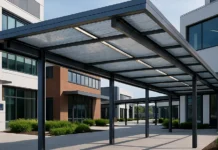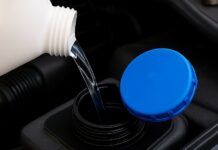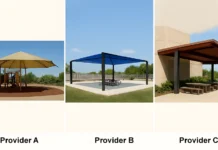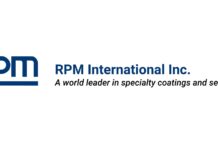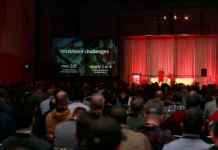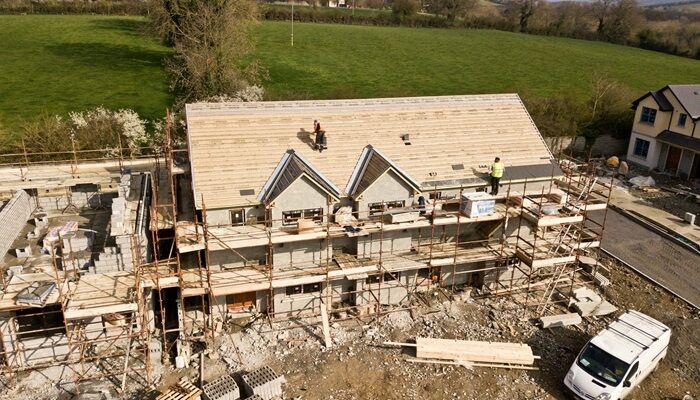Your roof is one of the most important parts of your home, yet it’s often overlooked until problems arise. Addressing roofing issues early can save you from costly repairs down the line. Here are some common roofing problems and expert insights on how you can prevent them.
Shingle Damage
Shingles protect your roof from the elements, but over time they can become cracked, curled, or completely blown off by strong winds. Damaged shingles expose the underlying structure of your roof, making it vulnerable to water infiltration. To prevent shingle damage, a Long Beach roofer can inspect your roof regularly and promptly replace any broken or missing shingles. After severe weather, it’s especially important to have a professional assess your roof to ensure it remains fully protected.
Leaking Roofs
Roof leaks are a common issue that can result in serious water damage to your home. Leaks often occur due to broken shingles, poor installation, or damaged flashing. Regularly inspect your roof for any missing or broken shingles, and ensure that your flashing (the metal used around vents, chimneys, and skylights) is intact. Fix any issues promptly to prevent water from entering your home.
Clogged Gutters
Clogged gutters can lead to water pooling on your roof, which can cause leaks or even structural damage. When water can’t properly drain away, it finds its way under your shingles and into your home. Clean your gutters regularly, especially during the fall when leaves are more likely to accumulate. Installing gutter guards can also help reduce clogs and keep water flowing properly.
- Water Damage to Fascia: When gutters are clogged, water overflows and can seep into the fascia, the board that runs along the edge of your roof. This can cause the fascia to rot over time, leading to structural weakening of your roof. To prevent this, keep your gutters clear and check for signs of water damage around your roofline.
- Foundation Damage: Water overflowing from clogged gutters often pools around the foundation of your home. Over time, this water can cause the soil to shift, leading to cracks in your foundation. Prevent foundation damage by ensuring your gutters direct water away from your home and by keeping them free from debris.
- Basement Flooding: When water is not properly channeled away from your home due to clogged gutters, it can find its way into your basement. This can lead to costly flooding, mold growth, and damage to personal property. Protect your basement by keeping your gutters and downspouts clear and ensuring water is directed away from your home.
- Pest Infestations: Clogged gutters create standing water, which attracts pests like mosquitoes, rodents, and birds. These pests can cause further damage to your home and roof, as they may nest in the debris or weaken the roof structure. Regularly cleaning your gutters will not only prevent water damage but also reduce the chances of pest infestations.
Poor Roof Ventilation
Poor ventilation traps heat and moisture in your attic, which can lead to a range of roofing problems including mold growth, wood rot, and shingle damage. Proper roof ventilation allows air to circulate, preventing these issues. Make sure your attic has adequate ventilation by installing vents or fans, and ensure that air can flow freely throughout the space.
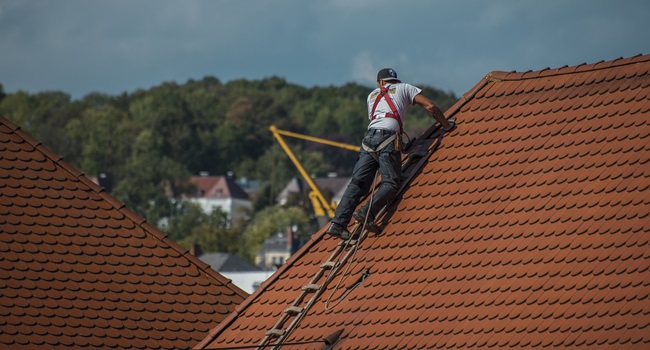
Ponding Water
Flat or low-sloped roofs are especially prone to ponding water, which can cause leaks or lead to the premature aging of roofing materials. If you notice water pooling on your roof after heavy rain, it’s a sign that your drainage system may not be working properly. Regularly check your roof for standing water and ensure that drains and downspouts are clear of debris.
- Ensure Proper Drainage: The first step in preventing ponding water is to make sure your roof’s drainage system is functioning properly. Clean gutters and downspouts regularly to prevent blockages, and ensure they’re directing water away from your roof and foundation. If your roof has internal drains, check them for clogs and repair any damaged sections to improve water flow.
- Install Tapered Insulation: Tapered insulation can help create a slope on flat or low-sloped roofs, allowing water to flow toward drains or gutters more efficiently. This added slope helps prevent water from pooling in specific areas. Installing tapered insulation during a roof replacement or major repair is a proactive measure to prevent ponding water issues long-term.
- Repair Low Spots: Over time, roofs can develop low spots due to settling, aging, or damage. These depressions are prime areas for water to collect and lead to ponding. Address low spots by filling them with roofing material or performing a roof re-coating, which can help eliminate uneven surfaces and improve drainage.
Roof Shrinkage
Roof shrinkage occurs primarily in synthetic or rubber roofing materials and can lead to cracks, leaks, and damage to flashings. To prevent shrinkage, make sure you’re using high-quality roofing materials and have them installed by a professional. Regular maintenance and inspections will help catch shrinkage issues before they become serious problems.
Moss and Algae Growth
Moss and algae thrive in damp, shaded areas and can cause significant damage to your roof over time. Moss retains moisture, which can lead to shingle degradation, while algae can cause unsightly black streaks. To prevent moss and algae growth, trim back any overhanging trees and consider installing zinc or copper strips at the roof’s peak. These metals naturally inhibit moss and algae.
- Trim Back Trees and Vegetation: Overhanging branches provide shade and trap moisture, creating the perfect environment for moss and algae to grow. By trimming trees around your roof, you allow more sunlight to reach the surface, drying out any damp areas faster. Regular pruning of trees also reduces the risk of branches falling and damaging your roof during storms.
- Regular Roof Cleaning: Regularly cleaning your roof can remove moss and algae before they cause long-term damage. You can use a mix of water and mild detergent or a specialized roof cleaner to gently scrub away the growth. Avoid using high-pressure washers, as they can damage shingles and shorten the life of your roof.
- Zinc or Copper Strips: Installing zinc or copper strips at the top of your roof can be an effective preventative measure. When rainwater flows over these strips, trace amounts of metal are released, which inhibit moss and algae growth. This is a low-maintenance, long-term solution that doesn’t require chemicals or frequent cleaning.
Cracking and Blistering
Cracking and blistering of the roof surface are common problems for flat or asphalt roofs. These issues occur when the roof material ages, is exposed to extreme temperatures, or if there’s insufficient ventilation. Regularly check your roof for any signs of cracking or blistering and have these areas repaired immediately to prevent more significant damage.
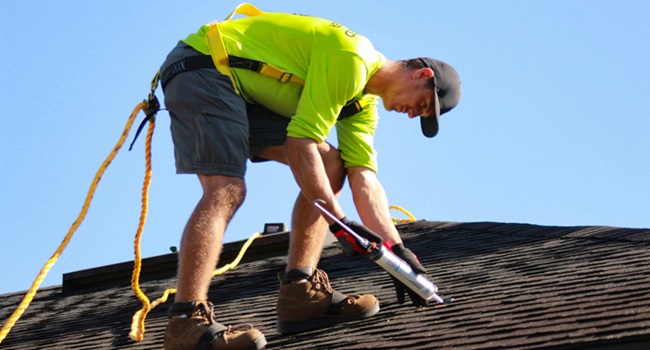
Taking proactive steps to maintain your roof can save you from significant headaches and expensive repairs in the future. Regular inspections, timely repairs, and proper ventilation all play a crucial role in keeping your roof in good condition. By staying vigilant and addressing common roofing issues early, you can extend your roof’s lifespan and protect your home from unnecessary damage. Don’t wait for problems to escalate – act quickly to ensure your roof remains a reliable shield against the elements.



